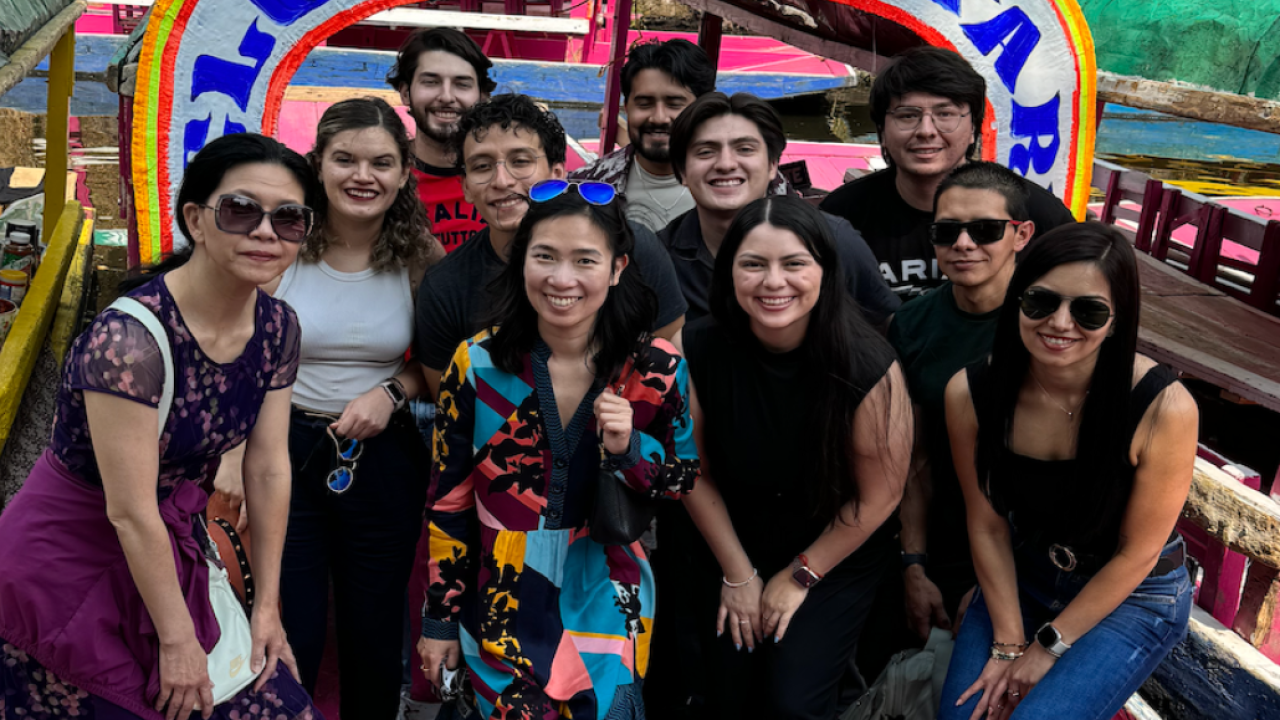
Meeting business demands with technology requires knowledge from both sides of the house, a clear understanding of how to execute on well-developed strategies, and a certain amount of finesse. Such was the overarching theme communicated by three distinct-yet-seasoned technology executives at the
With $1.5 billion under management, and $200 million in annual revenue,
“Our challenge is in the instant issue of our products,” he told Craig Weber, Celent’s director of insurance, and moderator of the event. “This makes e-business and distribution our top priority. We have reengineered our enterprise sales processes, and e-signatures play into that.”
SBLI also is investing in improving agent communications. “It’s critical to get them on our platform,” he added.
Michael Boyle, VP and CIO of
Boyle reports that Allstate’s priority on the technology side is straight-through processing. “We want to get rid of our ‘river paper’ disease,” he said. “Electronic applications and e-signatures are on our radar screen. But we think the real focus is on the consumer-to-producer experience, so we are building out our user-experience technology. Whether through an agent, third-party or direct, we want to be approachable.”
Noting the goal to grow his company to $250 million in revenue this year, Craig Lowenthal, who joined New York-based
“Admittedly, our company did not invest heavily in IT,” he said, “so we’re working hard to resolve this so we can remain competitive.”
All three panelists are driving innovation in their respective companies—each dealing with service-oriented architecture (SOA) in one way or another. Allstate’s Boyle, who called SOA and its 20-year history, “revisionist history,” noted that matching an incoming check with the correct policy number was the greatest first “service” his company enjoyed as a result of this technology.
The panelists agreed that leveraging the benefits of these types of legacy technologies is key to innovation, with one caveat: knowing, from a business perspective, when to hold ‘em and when to fold ‘em.
“In looking to the future, when, if ever, will it be advisable to throw the baby out with the bathwater or, specifically, move off the current technology paradigm?” asked Celent’s Weber.
Boyle admitted to the audience that his IT area still retained “a lot of ugly babies,” and that some of them needed to go.
“Consider the 3270’s command language,” he said. “At some point you realize that it is no longer cost-effective because it’s too complex to handle a simple address change, so you need to move off of this platform.”
Bullis asserted that at some point in the future, technology would be considered a commodity. “The great differentiator is to consider the long-term. It’s a tool for innov tion, yes, but where do you want to be from a business standpoint?”
Lowenthal argued that technology should not be considered a commodity; rather, it should be appreciated for its own inherent value. “When used as part of a larger strategy to drive business processes, it’s invaluable.”
Boyle said the key to innovation had less to do with technology, and more to do with strategies designed to improve what the insurer can offer its customers. “It’s the product you bring to market, and your ability to service the needs of your clients. Anything you have in technology can be duplicated.”
Editor’s note: The Celent CIO/CTO Roundtable was held in conjunction with Celent’s presentation of its latest research: CIO/CTO Pressures, Priorities, Projects, and Plans for 2008 (see InsuranceNetworking.com January 10).
Source: INN staff
Exclusive content available only on InsuranceNetworking.com





